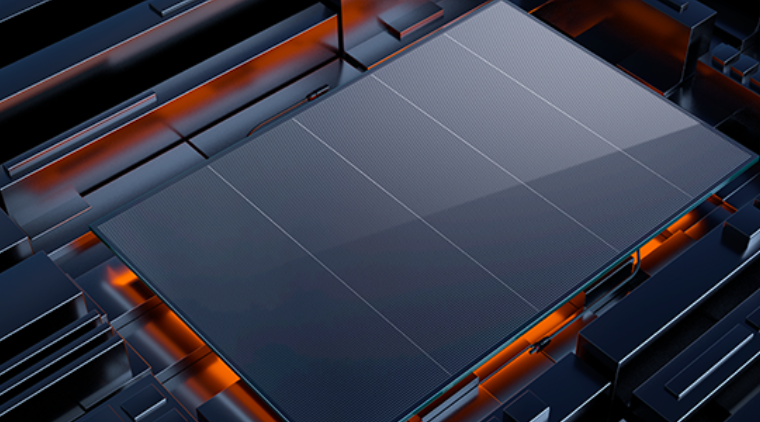Despite its promise, the Building Integrated Photovoltaic (BIPV) market segment has proven a tough nut to crack. Few architects have displaced a willingness to incorporate PV modules into their designs for building facades and windows – despite the obvious benefit electricity generation capacity literally built into the very fabric of office or apartment buildings.
Hanergy Thin Film Power Group hopes to meet this challenge with its HanWall offering, essentially a frameless CIGS module, that can more seamlessly be integrated into building facades than panels with an aluminium frame. The all-black aesthetic achieved through monolithic deposition of CIGS PV semiconductor onto glass also gives it an advantage over crystalline silicon cells.
ETS will partner with Hanergy in Australia, looking to incorporate the HanWall modules into “commercial high-rise projects”. Given the 4.3 MW targeted under the agreement, Hanergy reports that it could result in US$18 million in sales (AU$20.5 million).
With offices in Melbourne and Canberra, ETS provides energy efficiency and sustainability services to the building and construction industry, including combined heat and power, waste heat recovery, waste to energy and hybrid renewable generation systems. ETS notes that BIPV arrays are now accredited with the Clean Energy Council and achieves one credit towards Green Star certification.
“We’re bound to set the standard for future ecological buildings and up the ante in the BIPV segment with this next-generation BIPV module,” said Rick Edwards, Executive Director of ETS in a statement.
ETS has completed a semi-transparent BIPV roofing installation, at Melbourne’s Scotch College – which is featured as a case study on the company’s website. The 4.32kW system, installed at the school’s Science Centre, deploys frameless amorphous silicon (a-Si) modules.
Hanergy reports that its agreement with ETS is its first in a solar market outside of China, marking a “breakthrough” for the technology.
“With its high efficiency and reliability, HanWall sets up the new benchmark for BIPV segment and provides possibilities for creating completely self-sufficient, off-grid buildings,” said Hanergy President Lv Yuan in a statement.
Hanergy claims that by deploying its HanWall modules, building owners can save up to 46% of energy consumption. The modules are available in four colours and will produce will not degrade below 85% of their peak production over 25 years.
The Chinese thin film proponent has acquired a collection of promising CIGS technologies over the past decade. Its original strategy was to back a-Si technology, however pivoted to CIGS as the a-Si lost competitiveness due to low conversion efficiencies. The company has faced troubled times since its stock price crashed in 2015 and its stock remains suspended on the Hong Kong Stock Exchange since that time.
This content is protected by copyright and may not be reused. If you want to cooperate with us and would like to reuse some of our content, please contact: editors@pv-magazine.com.









Excellent and brilliant ideas.